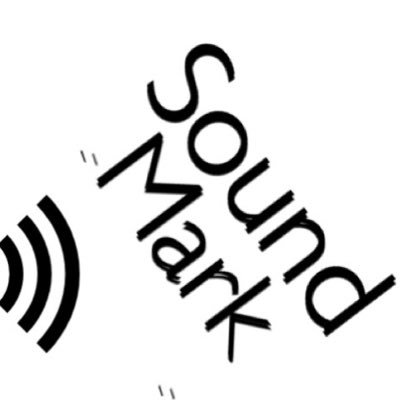The Court of Justice of the European Union recently decided on a sound mark in one of the first cases after the amendment of trademark law. According to the European Court of Justice, the sound mark “tin plop” lacks a distinctive character. The sound of “tin plop” while opening a beverage can is typical. The disputed sound mark of tin plop is also the comparable sound of a beverage opening, which is followed by around one second of silence and a nine-second tingling sound.
Registering a “Distinctive” Sound Mark
Ardagh Metal Beverage Holding GMbH & Co. filed the application (Germany). The applicant provided an audio file containing sound and deliberate silence for their sound mark “Dosen Plopp,” which was registered in Classes 6, 29, 30, 32, 33, and so on. However, the trademark office refused to register it, based on a lack of distinctiveness as a reason. For a commercial origin, distinctiveness was a significant requirement for a trademark, which the sound mark lacked.
This was later affirmed by the Board of Appeal. When comparing the case to those of other marks, the Board of Appeal found that the criteria are the same for all marks, whether they are wordmarks or sound marks, and that the principle applies to all of them. The Board also determined that the public is unfamiliar with the sound used to identify the trade origin of beverage containers and packaged beverages.
The applicant filed an appeal with the European Court of Justice (ECJ), making this the first case involving a sound mark since the 2017 trademark reform.
The main issue here is determining the characteristics that the sound mark must have in order to be identified. Another essential factor to consider is the sound produced by the mark, which is fundamental to the usage of the claimed objects, making it a functional element and identifying the features of goods. The Board of Appeal, in response to a genuine issue of whether the sound mark impacts the public’s choice to purchase the product, concluded that it did not. A pertinent question concerns the sound mark’s distinctive character, specifically whether the sound must deviate from industry norms in order to be more distinctive.
Because of Art. 7(1) of Regulation 2017/1001 does not distinguish between these different categories, the ECJ, following the Board of Appeal, confirmed that the criterion for distinctiveness remains the same for all and that there is no difference at all for any marks, whether they are word or sound marks.
The Judge ruled that just having a functioning component or indication isn’t enough; there must also be some resonance. In this approach, the customer is driven to connect the sound mark with its commercial origin. The ECJ discovered two features in the mark tin plop that were adequate to produce the required resonance, but they were enough to create the required resonance. The mark’s two characteristics, namely soundlessness for about one second and the sound of pearls tinkling for around nine seconds, were not enough to indicate the commercial origin.
Meanwhile, the ECJ criticized the Board of Appeal for denying the sound mark any resonance and justifying it with simplicity and everydayness, citing the fact that the argument was based on three-dimensional mark case law. The European Court of Justice made it clear that the case law for three-dimensional trademarks based on appearance or packaging cannot be applied to the sound mark.
The list of EU IP Firms can be found here.

